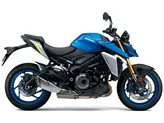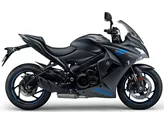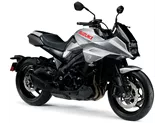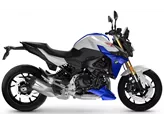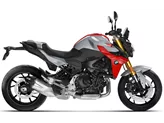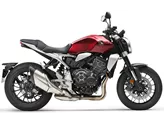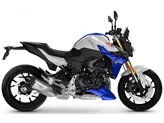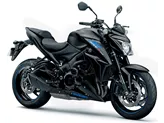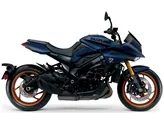BMW F 900 R 2020 vs. Suzuki GSX-S1000 2018
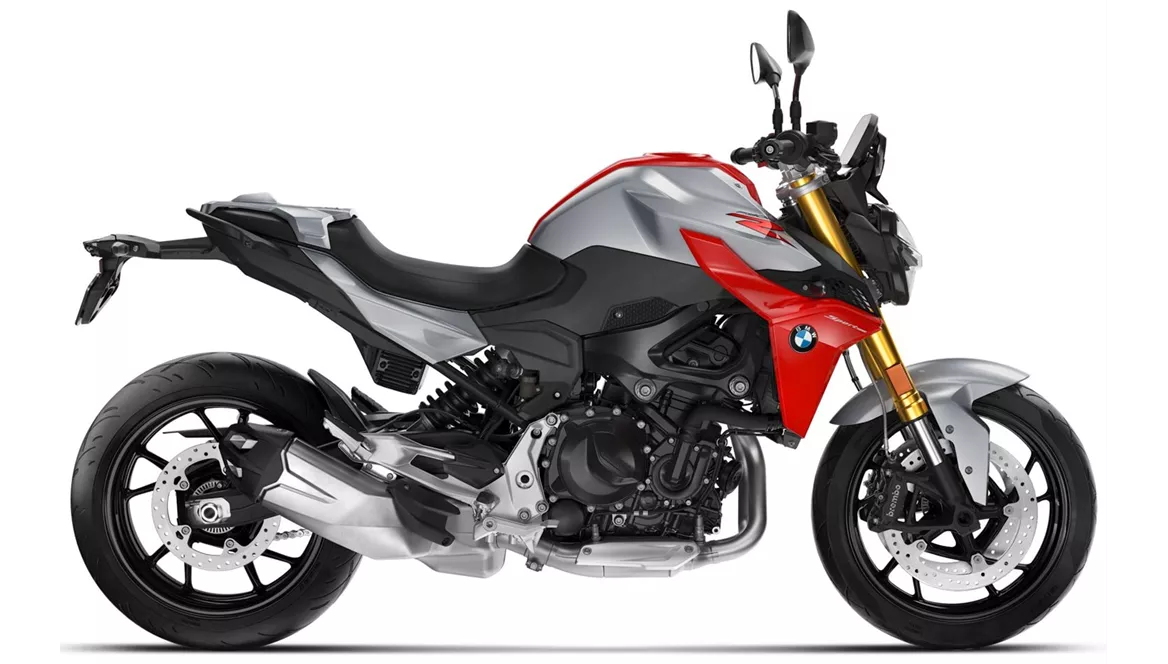
BMW F 900 R 2020

Suzuki GSX-S1000 2018
Overview - BMW F 900 R 2020 vs Suzuki GSX-S1000 2018
The BMW F 900 R 2020 and the Suzuki GSX-S1000 2018 are both naked bikes with similar engine types, in-line configurations, and liquid cooling systems. However, there are notable differences between the two models in terms of engine power, torque, fuel system, and cylinders.
The BMW F 900 R 2020 is equipped with a 2-cylinder engine that produces 105 HP of power and 92 Nm of torque. On the other hand, the Suzuki GSX-S1000 2018 features a 4-cylinder engine that delivers a higher power output of 149 HP and torque of 106 Nm. This indicates that the Suzuki model has a more powerful engine compared to the BMW.
In terms of suspension, both bikes have upside-down telescopic forks at the front and swing arm suspensions with monoshocks at the rear. They also offer adjustment options for preload and rebound, allowing riders to customize their riding experience.
The chassis of the BMW F 900 R 2020 is made of steel and features a twin-tube, load-bearing engine design. In contrast, the Suzuki GSX-S1000 2018 has an aluminum frame with a twin-tube structure. This suggests that the Suzuki model may have a lighter chassis, potentially contributing to better handling and maneuverability.
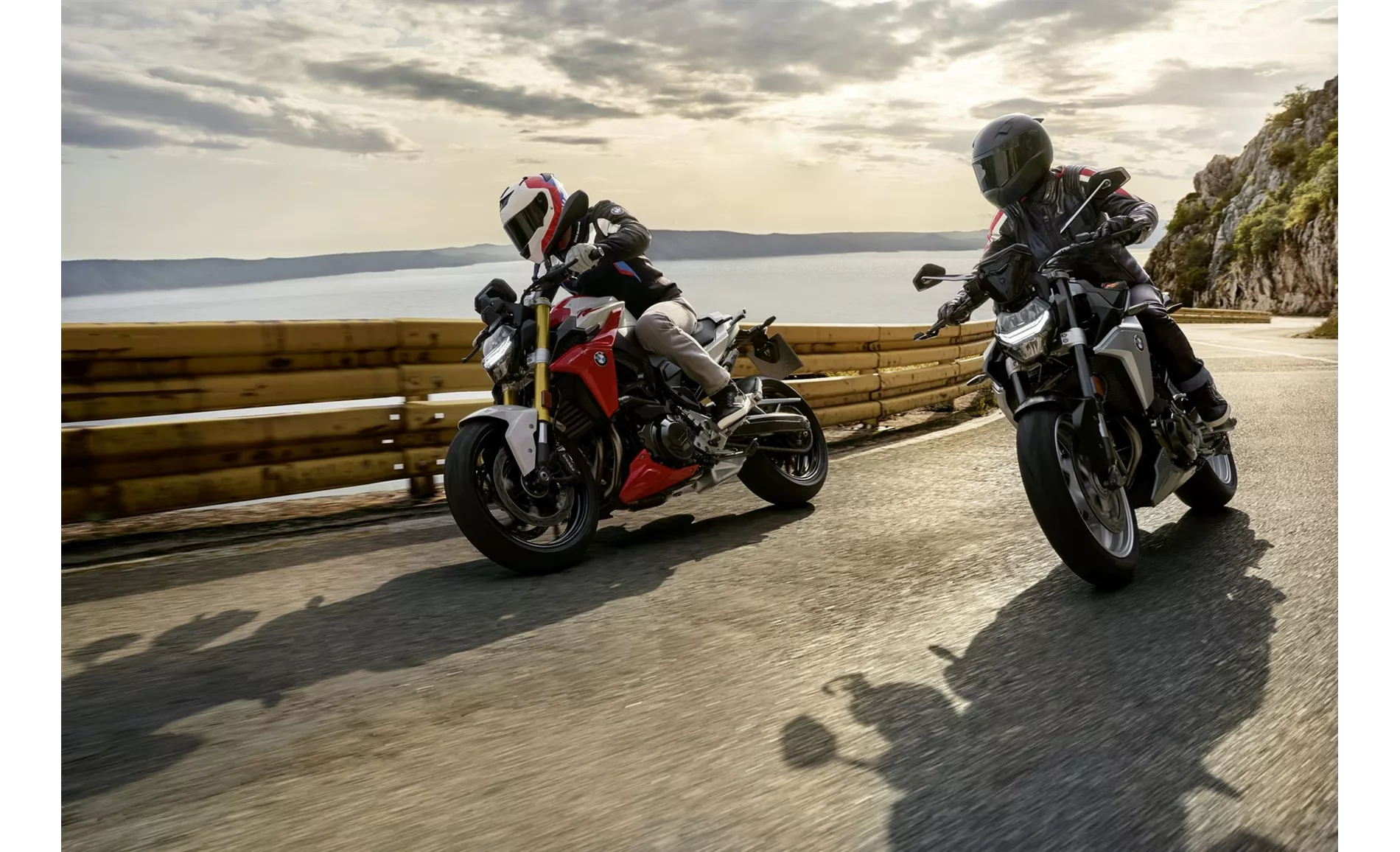
BMW F 900 R 2020
Both bikes are equipped with double disk brakes at the front, with a diameter of 320 mm for the BMW and 310 mm for the Suzuki. The brakes on both models use four pistons and radial technology, ensuring efficient and reliable stopping power.
In terms of rider assistance systems, the BMW F 900 R 2020 offers advanced features such as ABS, anti-slipping control, and riding modes. The Suzuki GSX-S1000 2018, on the other hand, only includes ABS as an advanced rider assistance system.
When it comes to dimensions and weights, the BMW F 900 R 2020 has a front tire width of 120 mm and a rear tire width of 180 mm, while the Suzuki GSX-S1000 2018 has a front tire width of 120 mm and a rear tire width of 190 mm. Both models have a 17-inch diameter for their front and rear tires. The wheelbase of the BMW is longer at 1518 mm compared to the Suzuki's 1460 mm. Both bikes have the same seat height of 815 mm. The BMW F 900 R 2020 weighs slightly more at 211 kg compared to the Suzuki GSX-S1000 2018, which weighs 209 kg. Additionally, the Suzuki has a larger fuel tank capacity of 17 liters, whereas the BMW has a smaller tank with a capacity of 13 liters.

Suzuki GSX-S1000 2018
In terms of strengths, the BMW F 900 R 2020 offers easy handling, high stability, and a chassis with fine response. Its engine is well-behaved, and the brakes are reliable. The bike also has an active yet bearable seating position and a wide range of accessories available.
The Suzuki GSX-S1000 2018 excels in stable handling, with a sporty engine that delivers an exhilarating riding experience. It has an attractive design and produces a satisfying sound. The bike offers pleasant riding comfort and can be ridden dynamically or calmly, depending on the rider's preference.
As for weaknesses, the BMW F 900 R 2020 has a smaller fuel tank capacity, which may require more frequent refueling. The Suzuki GSX-S1000 2018 is reported to be a little jerky when changing from push to load, and some riders have suggested that a quickshifter with a blipper would enhance its performance.
In conclusion, the BMW F 900 R 2020 and the Suzuki GSX-S1000 2018 are both impressive naked bikes with their own unique strengths and weaknesses. The BMW offers easy handling, stability, and a well-behaved engine, while the Suzuki provides stable handling, a sporty engine, and an attractive design. Riders should consider their specific preferences and priorities when choosing between the two models.
Technical Specifications BMW F 900 R 2020 compared to Suzuki GSX-S1000 2018
Pros and Cons in comparison
Pros and Cons in comparison
BMW F 900 R 2020
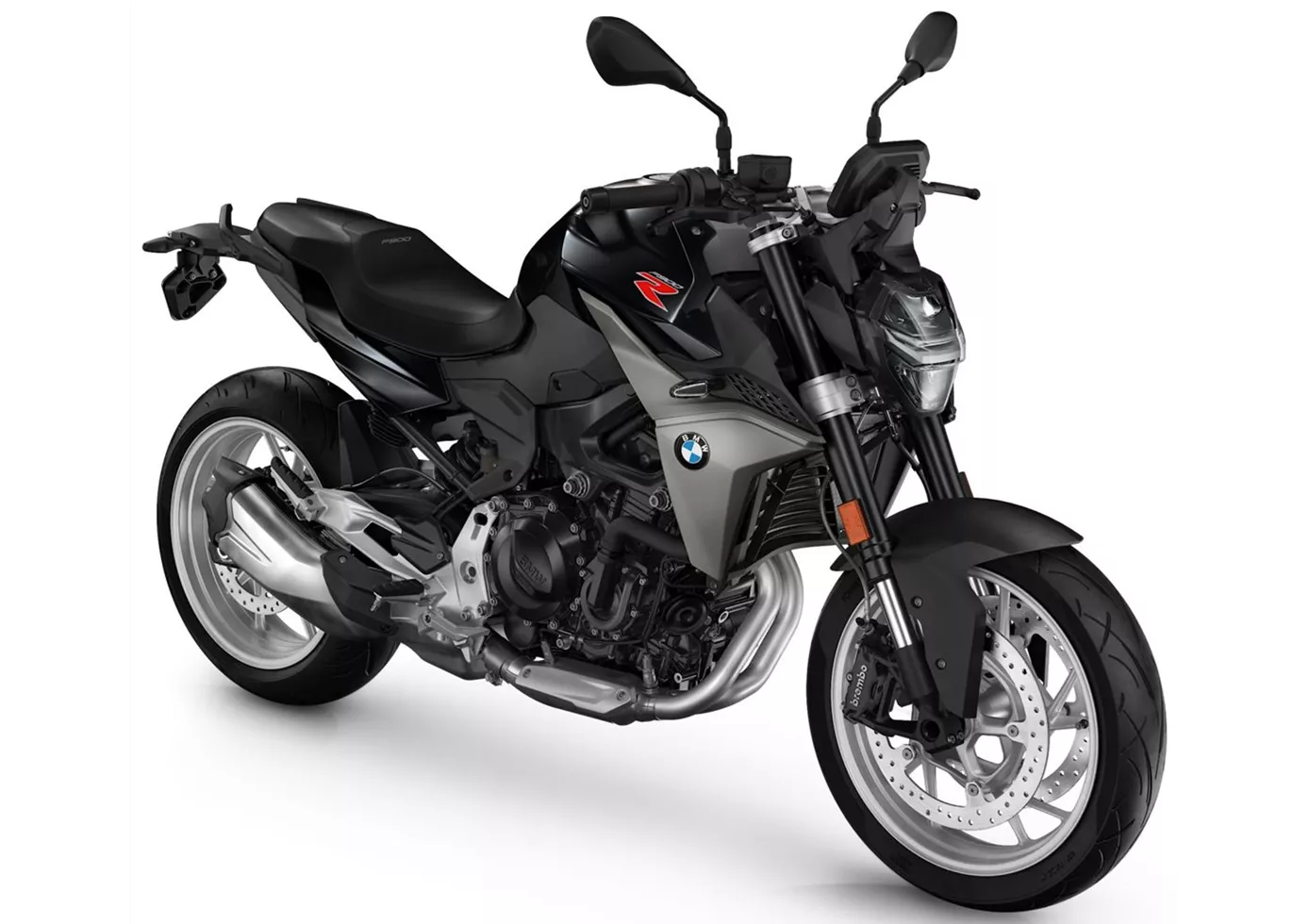
La BMW F 900 R offre un plaisir facile à prendre en virage, une énorme stabilité, une position de conduite active mais confortable et un moteur sans friction mais aussi sans émotion. Si vous aimez la vitesse et les virages, vous serez heureux avec elle. Les possibilités de configuration sont infinies mais ne sont pas gratuites.
Suzuki GSX-S1000 2018

La GSX-S 1000 de Suzuki a un look sexy, un son puissant et un matériel vraiment élégant. Elle est stable, facile à conduire et agréable à conduire. Si nécessaire, le moteur met les gaz. Mais il peut aussi être conduit avec douceur. Comparée aux Powernakeds les plus raffinés, il lui manque quelques caractéristiques, mais si l'on regarde l'étiquette de prix, on s'en rend compte rapidement : Un excellent choix !
Price Comparison Avarage Market Price BMW F 900 R vs Suzuki GSX-S1000
There are a few key differences between a BMW F 900 R 2020 and a Suzuki GSX-S1000 2018. In terms of price, the actual average prices of both motorbikes are almost the same. A BMW F 900 R 2020 experiences a loss of 700 USD in one year and 700 USD in two years of ownership. This is offset by a loss of 270 USD and 1,010 USD for a Suzuki GSX-S1000 2018. Compared to Suzuki GSX-S1000 2018 there are more BMW F 900 R 2020 bikes available on the 1000PS.de Marketplace, specifically 14 compared to 9. It takes less time to sell a BMW F 900 R with 82 days compared to 177 days for a Suzuki GSX-S1000. Since model year 2020 1000PS.de editors have written 24 reviews for the BMW F 900 R and 36 reviews for the Suzuki GSX-S1000 since model year 2015. The first review for the BMW F 900 R was published on 11/5/2019 and now has more than 154,700 views. This compares to more than 17,100 views for the first review on Suzuki GSX-S1000 published on 9/27/2014.


